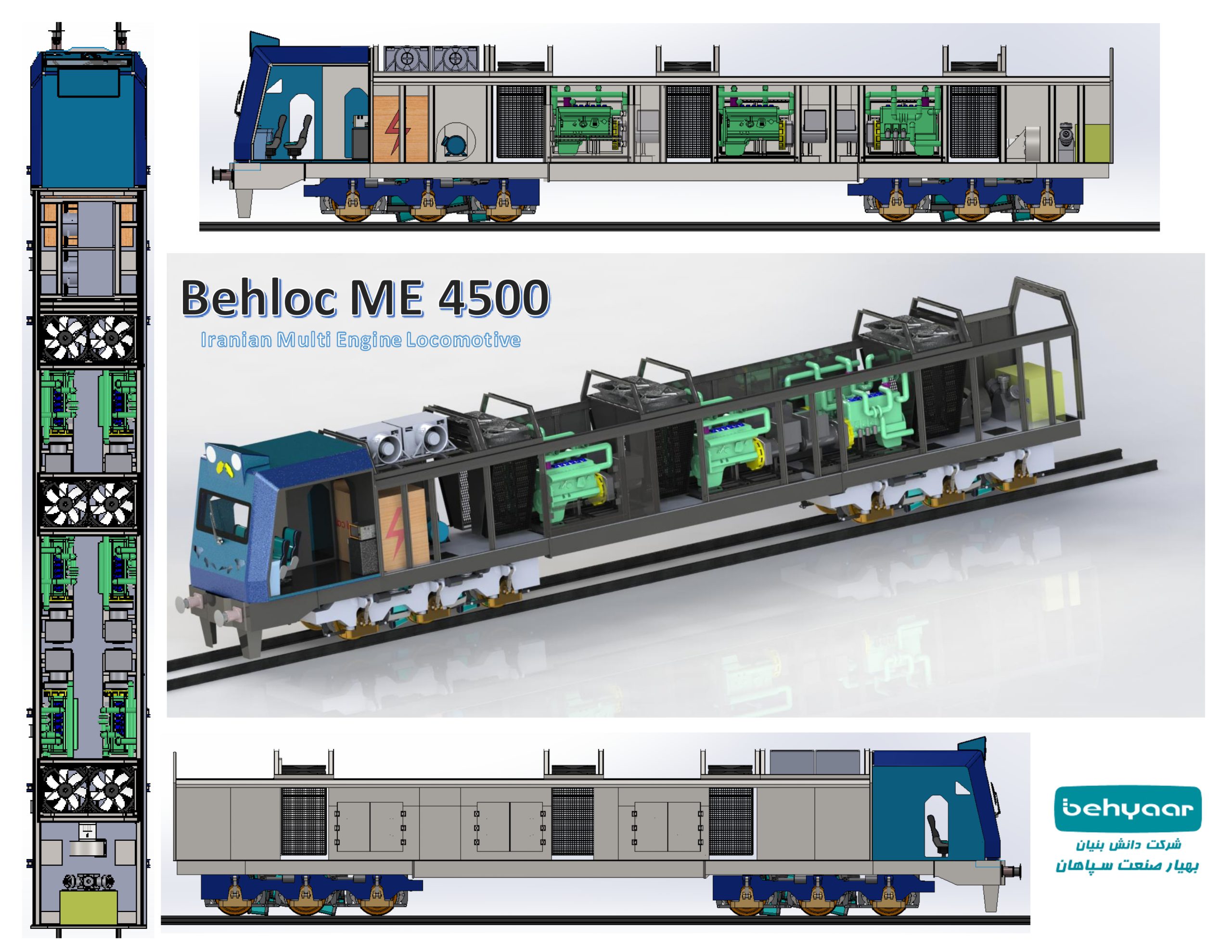Car manufacturing has always been one of the most significant concerns of countries seeking development, and our country has put the issue of its manufacturing on its agenda since about 7 decades ago . The first major step taken in this direction was the introduction of the Fiat automobile factory, which was established in 1332 and delivered its first product to the market in the late 1930s . Over time, Iran Jeep and Iran National Company were also established in the country and their production lines entered the country.
Iran’s automotive industry was tied to the issue of assembly from the very beginning. Although the final goal of car assembly was considered to be the production of a domestic car, it was practically unable to move forward, and still a high percentage of cars produced by car manufacturing companies are assembled. For this reason, Iranian car manufacturers are not keeping up with the current world technology and the gap between domestic and foreign cars is getting deeper every day. On the other hand, the country’s automobile industry is tied to the “dollar” due to the issue of importing basic parts, and this issue has caused the price of cars in the country to become more expensive day by day.
It is interesting to note that prominent foreign car manufacturers, with the release of their new car models, have caused the price of the previous models to drop, and the main reason for the increase in the price of the new model is the use of the world’s most up-to-date technologies in different parts of the car model of the year . But now the car in our country is considered a capital good and without adding any special technology to it, its price is always rising.
The current situation of the domestic car is the result of two major issues, firstly, we have never had a knowledgeable look at the issue of car manufacturing, and we have always had an economic mindset, and we have not considered the production of local cars to be economically viable in the short term, and we have always been in competition with foreign cars whose production line has been imported into the country.
The next issue also originates from the fact that we have always sought to repeat the past and we have never considered ourselves capable of producing cars with modern technologies. The absence of these issues has caused us to have no place in the world’s automotive industry.
Creating a new look at the establishment of the automobile industry, which is tied to knowledge and technology, and on the other hand, looks at the current technologies of the world, is a challenging way that can save the country’s automobile industry from the current deadlock.
Relying on the capabilities of its engineers, Sepahan Behyaar sanaat Company has started the project of building an all-electric car in the research phase and has aimed to produce a car that is in line with today’s technologies, high security, powerful and in accordance with the tastes of Iranians.
Engine Specifications:
Due to the production torque of electric motors, their use on heavy and semi-heavy trucks has been considered today.
Considering the short distance between the stations and the lack of high speed, the use of electric buses in the city is very justified. With localized technologies in Bahirsanat company, an electric bus in the city can be produced according to the needs of the country.
The much lower maintenance costs of electric models compared to mechanical models in heavy vehicles have created a good justification.
The transportation industry is always considered as one of the important arms of countries’ development. Naturally, with the acquisition of up-to-date technologies of this industry, serious changes can be made in the field of cargo and passenger movement. Considering the strategic position of Iran in the field of water and land borders of the country, the development of the country’s transportation system requires the acquisition of high rail transportation technologies. Unfortunately, currently, the speed of moving cargo through the country’s rail fleet system is very low, and on the other hand, the functional capacity of this system is less than 50 %.
Behyaar Sanat Sepahan Company has started to build new generation locomotives as well as electric locomotives in this field. By achieving this technology, we can witness very important changes in the level and volume of passenger and cargo movement in the country, which alone can have a great effect on the productivity of the country’s industries.
The power of the locomotive is supplied by several electric motors known as traction motors , which are installed on each axle of the locomotive bogie . The traction engine takes its power either from overhead power lines by a pantograph or from a diesel generator inside the locomotive.
One of the main obstacles in the construction of locomotives in the country is the construction of heavy diesel engines . Diesel locomotive engines in terms of power and volume are such that their production requires equipment and heavy initial investment, which will never be returned for countries like Iran. This has caused the monopolization of the production of heavy locomotives in countries such as America, China, India and some European countries.
According to the above limitation, Behyaar sanat’s solution is to replace 3000 to 6000 horsepower heavy diesel generators with several smaller diesel generators with 500 to 1000 horsepower that are abundantly available in the domestic market. Studies show that these multi-engine locomotives, which are known as gensets , are a new technology that has been produced and used in developed countries in the last two decades. The design of multi-engine locomotive in the Islamic Republic of Railways is also a precedent, and studies have been conducted since 1990, but it has not yet been implemented.


To register questions and get more information, contact us through the form below.